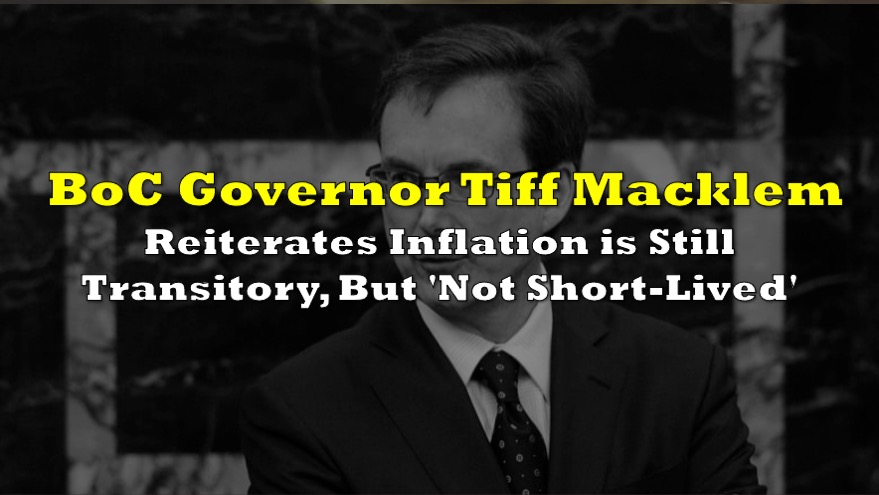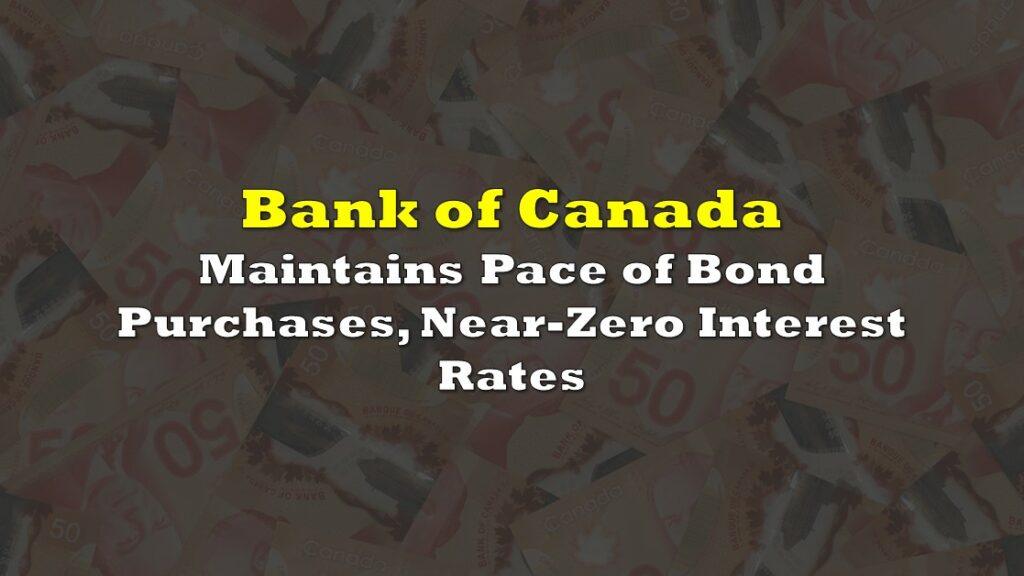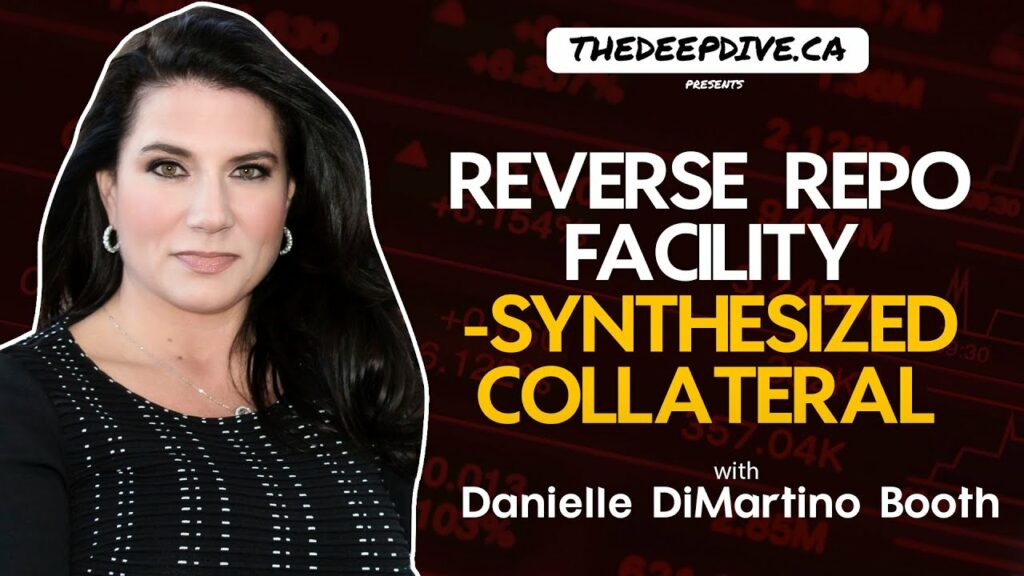Brace yourselves: Quantitative easing is officially here.
On Sunday night, the Federal Reserve— along with the Bank of Canada, the Bank of England, the Bank of Japan, the European Central Bank and the Swiss National Bank, announced a coordinated effort to increase US dollar liquidity via the opening of daily swap lines— an exact repeat of Fed Chair Jerome Powell’s dash-for-cash monetary policy framework unleashed during the covid crisis.
⚠️BREAKING:
— Investing.com (@Investingcom) March 19, 2023
*FEDERAL RESERVE: THE FED AND THE CENTRAL BANKS OF THE UK, CANADA, JAPAN, THE ECB, AND SWITZERLAND ANNOUNCE A COORDINATED ACTION TO IMPROVE LIQUIDITY PROVISION THROUGH THE STANDING US DOLLAR LIQUIDITY SWAP LINES pic.twitter.com/3tSBYCSBLu
“To improve the swap lines’ effectiveness in providing U.S. dollar funding, the central banks currently offering US dollar operations have agreed to increase the frequency of 7-day maturity operations from weekly to daily,” the Fed said in a statement. The operations commenced on Monday, and are scheduled to run through to the end of April. Thanks to the swap lines, central banks can now borrow US dollars in exchange for local currencies, allowing them to boost the greenback supply without creating added strains on the financial system.
The Fed typically embarks on such measures during a squeeze on the availability of US dollars, which typically occurs when non-US banks face difficulties meeting obligations denominated in the greenback during times of economic turmoil. The Fed’s latest move comes in response to contagion stemming from the collapse of Silicon Valley Bank, Signature Bank, and Silvergate Bank earlier this month, as concerns mount that nearly 200 other lending institutions could also suffer a similar run on deposits.
Amusingly, though, the opening of swap lines means the Fed’s fight against inflation is theoretically over, and the market’s confidence is squashed. Thanks to last week’s panicked onslaught to boost liquidity as banks feared further deposit outflows, the Fed ended up lending out over $165 billion via two backstop mechanisms. In other words, the Fed’s floodgates effectively erased several months’ worth of efforts to slash its balance sheet.
Does this mean Powell will have to raise the inflation target to 3%?
Information for this briefing was found via the Federal Reserve and the sources mentioned. The author has no securities or affiliations related to this organization. Not a recommendation to buy or sell. Always do additional research and consult a professional before purchasing a security. The author holds no licenses.









